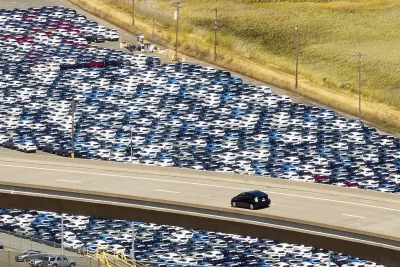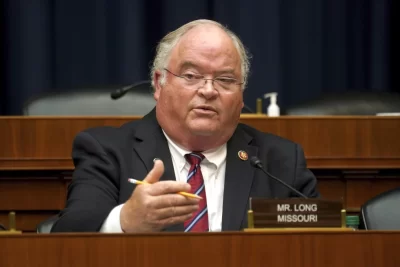
The undersea pipeline directly links Russian gas to Europe via Germany and is complete but not yet operating. It has become a major target as Western governments try to deter a Russian attack on its neighbor.
In the past, it has been a source of tension between the U.S., which opposed the project, and Germany. Chancellor Olaf Scholz said all options were on the table but avoided mentioning Nord Stream 2 specifically at a news conference with Biden in Washington.
If Russian tanks roll into Ukraine, “there will be no longer a Nord Stream 2,” Biden said Monday. Scholz stressed the need to keep some ambiguity about sanctions to press Russia to deescalate.
A 1,230-kilometer-long (764-mile-long) natural gas pipeline under the Baltic Sea, running from Russia to Germany’s Baltic coast.
It would double the capacity of an earlier Nord Stream pipeline to 110 billion cubic meters of gas a year and sidesteps Ukraine and Poland, which would lose transit fees. They also said the project would increase Russia’s leverage over Europe.
The pipeline has been filled with gas but is not operating yet pending approval by Germany’s utility regulators and the European Commission.
State-owned producer Gazprom says it will meet Europe’s growing need for affordable natural gas and complement existing pipelines through Belarus and Ukraine.
Europe imports most of its gas and gets around 40% from Russia. Nord Stream 2 would offer an alternative to Ukraine’s aging system, lower costs by saving transit fees paid to Ukraine and Poland, and avoid episodes like brief 2006 and 2009 gas cutoffs over price and payment disputes between Russia and Ukraine.







